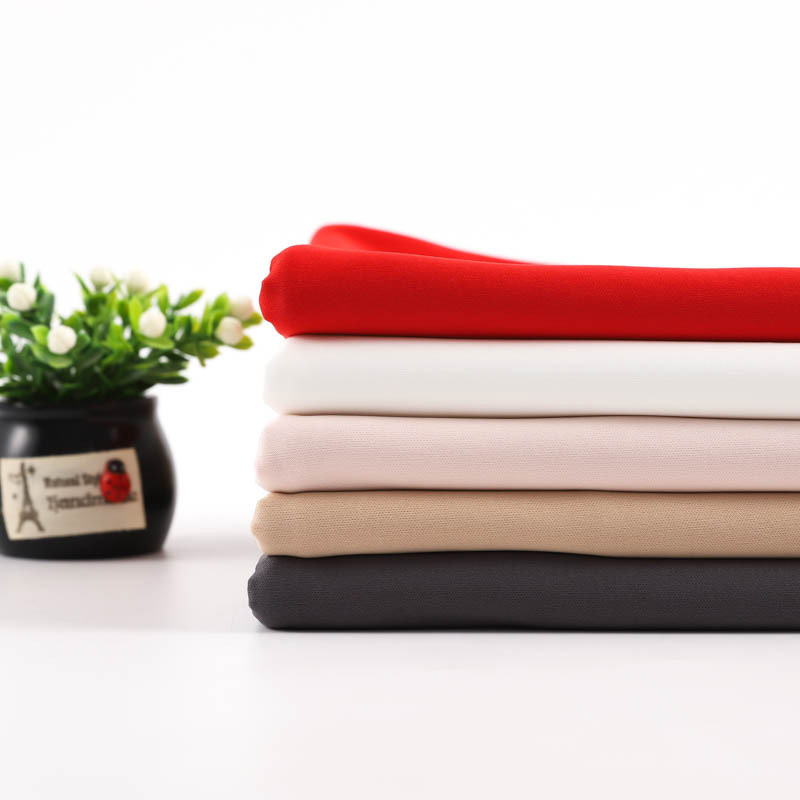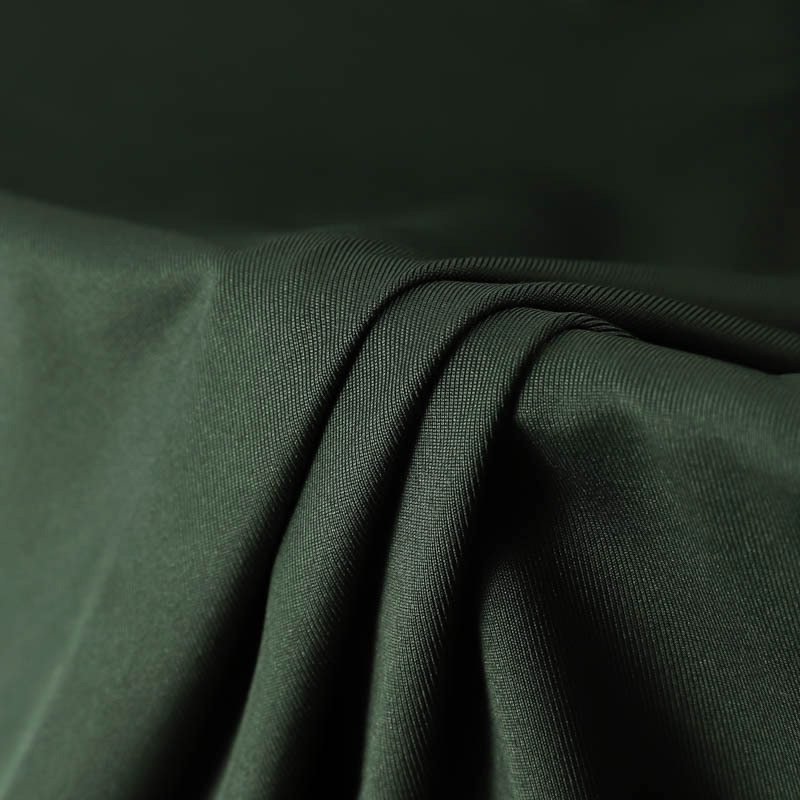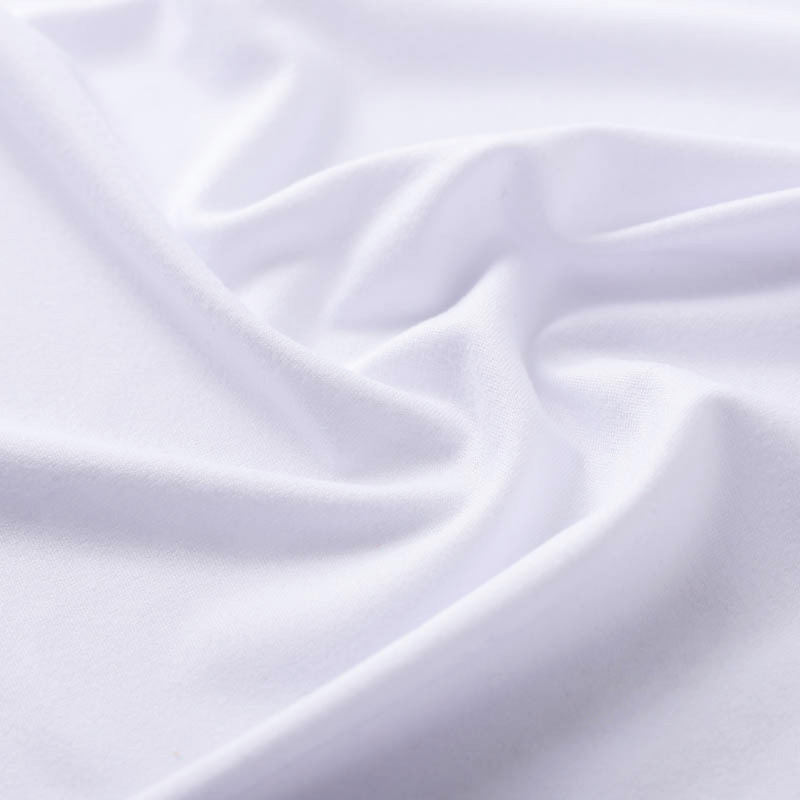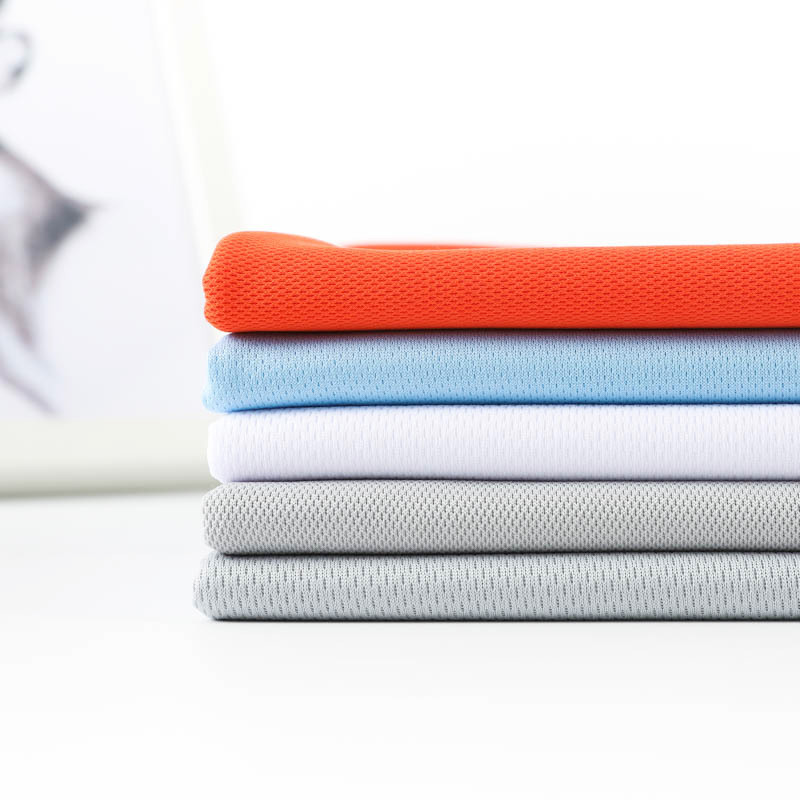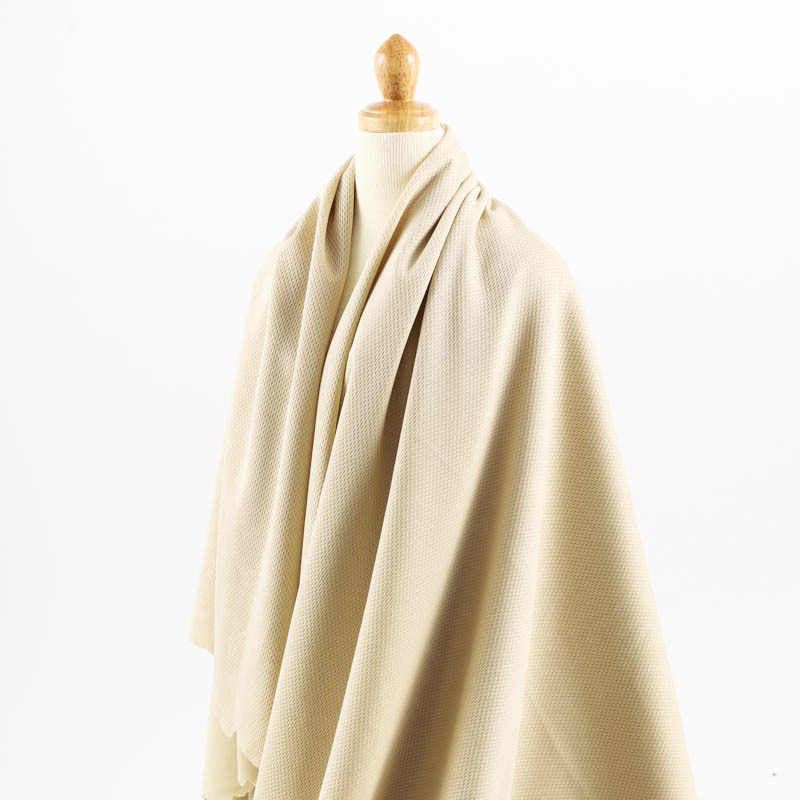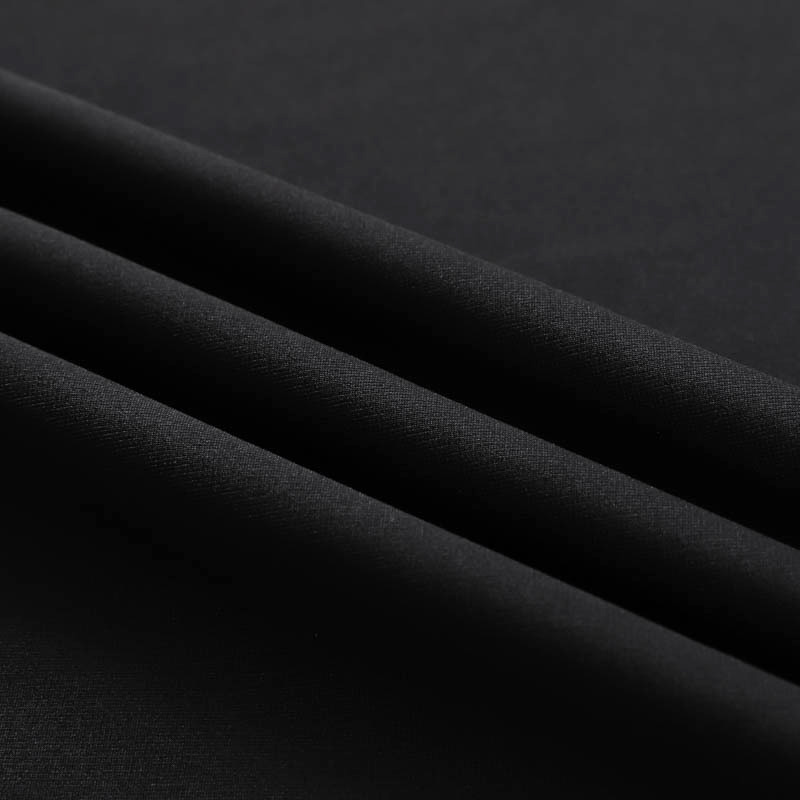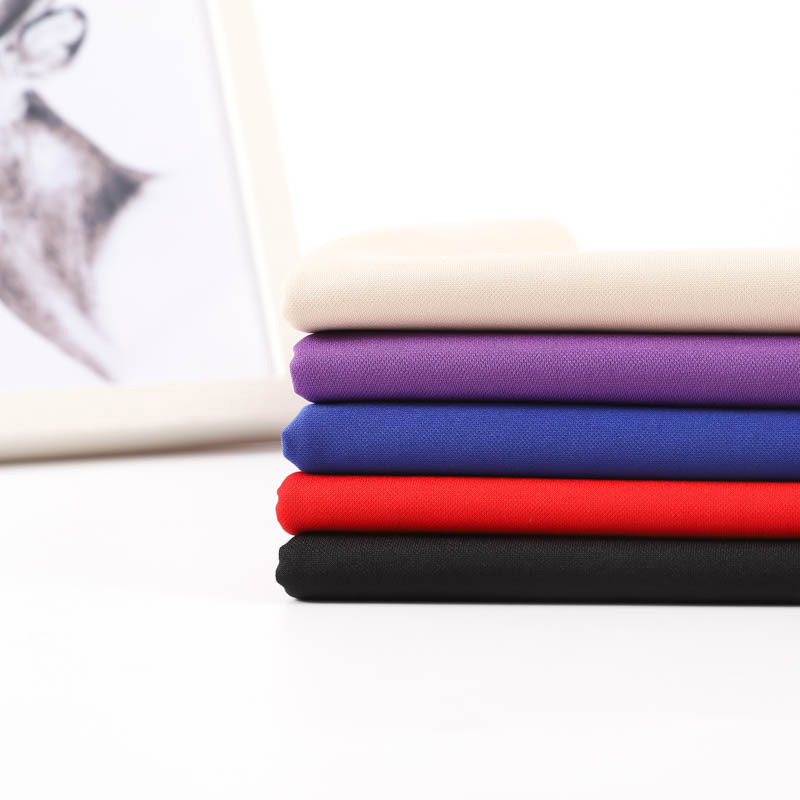As outdoor sports continue to heat up around the world, people's performance requirements for sports equipment are also constantly increasing. Among them, outdoor sports fabrics that are in direct contact with the body are undergoing a profound transformation, from the previous single function of focusing on protection to a comprehensive upgrade of "win-win between breathability and protection", achieving a true technological breakthrough and experience innovation.
Traditional outdoor sports fabrics mostly emphasize "protection first": windproof, waterproof, tear-resistant and other characteristics are the focus of design and material selection. However, with the increasing diversity of usage scenarios, such as the rise of outdoor activities such as high-intensity hiking, cross-country running, mountaineering and skiing, people have found that a single emphasis on protection is far from enough - especially in the case of long-term exercise or changeable climate, problems such as stuffiness, humidity, and discomfort in close contact occur frequently, directly affecting sports performance and physical health. This has prompted manufacturers to shift the focus of research and development from "intensity first" to "multi-dimensional integration", especially in the aspect of "taking into account both breathability and protection", which has become the key direction of the development of a new generation of outdoor sports fabrics.
For a long time, waterproof and breathable have been regarded as the "opposites" of fabric functions. Although traditional waterproofing processes, such as heavy coatings and densely woven fabrics, can effectively block external moisture penetration, they often sacrifice breathability. People sweat a lot during exercise, and body heat is difficult to release, which will cause the inner layer to be damp and sticky, and even cause hypothermia or skin problems.
Today, the application of new technologies is solving this problem that has long plagued the industry:
1. Nanoporous membrane: One-way water vapor management
Advanced outdoor sports fabrics widely use nanoporous membranes, such as ePTFE or PU microporous membranes. This membrane layer has the structural characteristics of "small holes are breathable but not water-permeable": water molecules cannot pass through due to the small pore size, while water vapor molecules can be released smoothly. This structure achieves the ideal state of "waterproof but not stuffy". Even in heavy rain, users can still keep their bodies dry, and sweat during exercise will not accumulate in clothing, greatly improving wearing comfort.
2. Double-layer/triple-layer composite structure: creating "smart fabrics"
In order to achieve the best effect between protection and breathability, manufacturers adopt a composite multi-layer structure design: the outer layer is a high-strength windproof and water-repellent fabric; the middle layer is embedded with a breathable and waterproof membrane; the inner layer is a moisture-absorbing and quick-drying skin-friendly textile layer. This "sandwich-style" structure not only provides a physical barrier, but also achieves body temperature regulation and humidity balance through the functional synergy of the material itself, bringing users a more "smart" sports experience.
3. Dynamic ventilation design: let the fabric "know how to breathe"
Some high-end outdoor sports fabric apparel products have introduced dynamic ventilation designs, such as invisible air holes under the armpits and mesh structures on the back. These designs provide additional airflow channels without destroying the integrity of protection, allowing air to circulate naturally and improving ventilation efficiency. This concept of "local relaxation and overall protection" makes clothing more like an ecosystem that can adjust with the body's movement, rather than a single waterproof shell.
Today's outdoor clothing is no longer synonymous with heavy dark colors. Through the upgrade of fabric technology, more colorful, fine-textured, and three-dimensional materials have become the new favorites of designers, meeting the aesthetic demands of urban and outdoor amphibious life. Recyclable fibers, recycled polyester, and bio-based materials have become mainstream. Green production and zero-emission dyeing and finishing technologies have been gradually implemented in major fabric factories, reflecting the industry's positive response to the concept of sustainability.



 English
English  中文简体
中文简体 